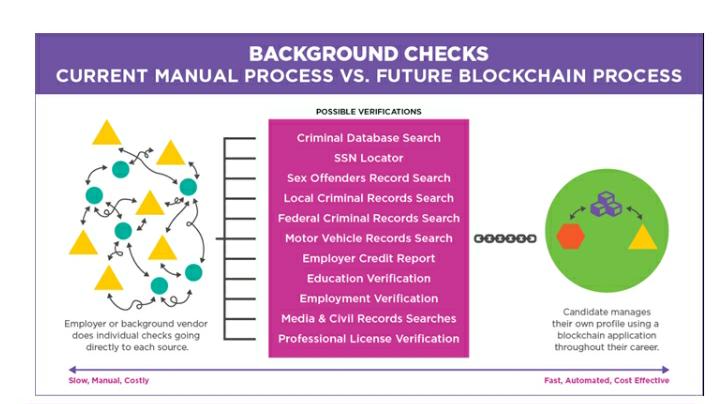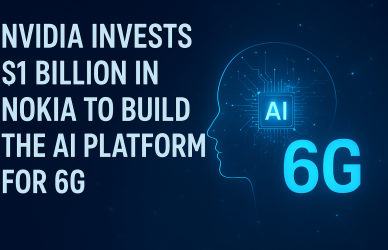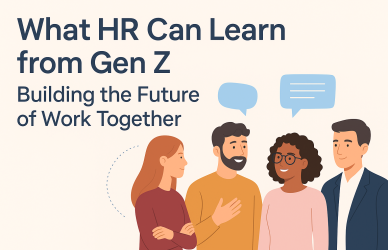What does Blockchain mean for the recruitment industry
There are more procedures and complexities where candidates and employers go through in the recruiting process, on the onboarding time the candidates will share their personal data with the employer with the trust, so employers have the responsibilities to protect those data and also to check whether the given information was accurate.
This Blockchain will save every individual data like education, employee history in the real-time digital ledger, so that recruiter can save their time and verify the details smoothly.
Recently it was found that some of the employees have been deceiving their education and their employment history, This Blockchain will resolve all those activities.
This Blockchain has a special decentralized structure that will reject automatically when fake information was entered.
As of all these things you may raise the questions “will this tech put the recruiter job down?” well the answer is technology always makes human more relevant, of course, this technology will impact the recruiter career but mostly blockchain experts predict that the smart contract will impact the middleman of the recruiter.
Smart Contract:
It is something like vending machines where you put one thing and get one thing which means the transaction and workflow will be automatic and reduce the need for human input, For example, in the recruitment time recruiter and their IT department will distribute various passcode, payroll numbers and login credentials then the recruiter will collect the candidate resume and verify the information then they should put in their information but in Blockchain ledger will skip those process and give inaccurate and transparent format.
Does anyone really use it?
In 2016 Nearly 10 million people have blockchain wallet, then In 2020 more than 40 million people having blockchain wallet, so this is obvious that this planet people are tapping into this technology, And when industries grow that means the companies are growing and they are in needs of new talent to fill their gap.
This blockchain has the potential to transfigure the way we think about recruiting will begin to show. Consider the scenario that XYZ company was recruited a perfect candidate depends on their needs after recruiting they need to refer that person employee history, so instead of tracking or chasing his/her old boss, the company can easily access the educational history, performance of their work, and even reviews in a digital ledger.
For the recruiter who flourishes their work on paperwork, this blockchain technology may help them to save their time so that they can focus on other creative works, and also for those who want to build their branding and improving communications with candidates this technology will free up your time.
At starting stage Recruiter spend lots of time and money for getting the CV, Those CV may be outdated and some information given in the CV will be fake, It makes the recruiter extremely difficult to verify their qualifications, But in blockchain candidate have full control over their information via centralized resume database.
In this, a candidate could save his prior addresses, past compensation data, degree, certificates, visa status, social security number, and more. so the hiring authority will receive this secured information and they will hire that candidate without hesitation by knowing that the given data was true and accurate.
Benefits of Blockchain:
- It will verify the candidate ID by using Biometric verification.
- It will ensure the quality of CV in standardized resumes
- It will record the QR code of each candidate profile and update the continuous development of their work
- It ensures only validate content
How it actually works?
Step1: Transaction is requested by some people
Step2: Then the transaction will be transmitted to the peer-to-peer computer network scattered across the planet
Step3: This network will verify the transaction
Step4: After the confirmation of the transaction they will be clustered together into blocks
Step5: These blocks will be chained together and will create the long history of transactions
Step6: Transaction will be completed



